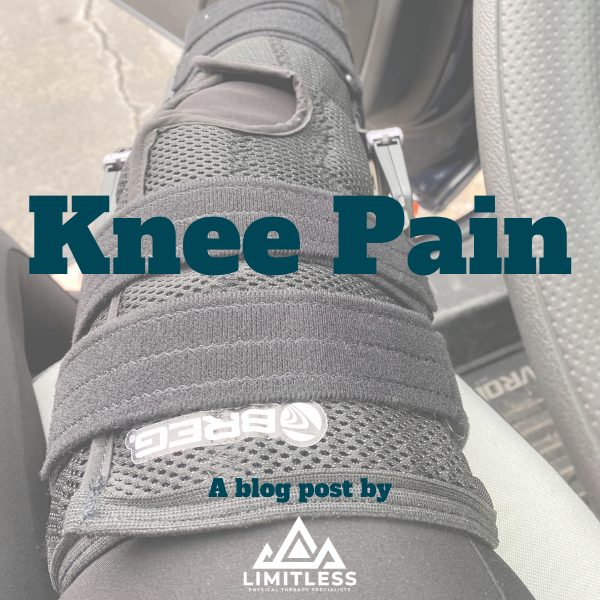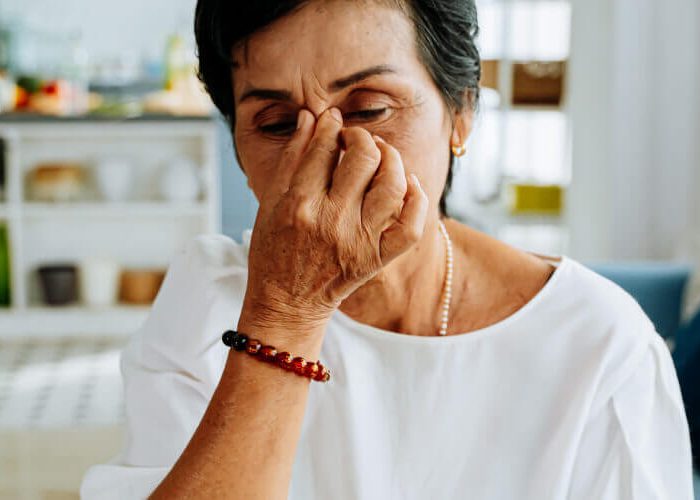According to the Centers for Disease Control and Prevention, around 1 in 5 people have chronic pain. If you experience pain and discomfort on a daily basis, we encourage you to consult with a physical therapist who can work with you to address the symptoms and causes of your pain and help you gain better function.
Looking for other ways to feel less pain? Here are five of our top tips, all backed by research and relatively easy to implement.
1. Breathe In, Breathe Out
Deep breathing is good for your body because it helps you get plenty of healing oxygen into your tissues. But taking deep breaths also stimulates the part of the nervous system that helps you relax, which is a great way to alleviate stress and ease the pain.
The following exercise, known as four-square breathing or box breathing, has been shown to help manage pain. Sit in a comfortable position and follow these steps:
- Breathe in through your nose for 4 counts.
- Hold your breath for 4 counts.
- Breathe out through your mouth for 4 counts.
- Hold at the bottom of your exhalation for 4 counts, then repeat the cycle for 2 minutes.
2. Get Those Zzz's
Sleep is essential for optimizing your body's healing and regeneration process. It's also an important way of managing stress. For these reasons, getting enough sleep can actually help you experience less pain.
Does pain make it tough to fall asleep or stay asleep? Try these sleep hygiene tips to make it easier:
- Go to bed at the same time every night, and wake up at the same time every morning (weekends and holidays included).
- Dim the lights and power down your electronics for at least an hour before bedtime.
- Sleep in a pitch-black room with the bedroom temperature set to 65 to 68 degrees.
3. Exercise
Exercise can alleviate pain by increasing blood flow, stimulating the release of hormones and neurotransmitters that provide natural pain relief, and increasing joint strength and stability. So get active—around 30 minutes of exercise on most or all days of the week.
It's helpful to talk to a physical therapist if you have chronic pain before starting an exercise program. Your physical therapist can provide services that naturally alleviate your pain and maximize your function so exercise is easier and safer for you to do.
4. Choose Pain-Relieving Foods
Yes, food really is thy medicine! Research suggests that avoiding highly processed foods and consuming a lot of veggies, fruits, whole grains, high-quality protein, and healthy fats can help decrease pain. One reason is that eating a lot of nutrient-dense foods ensures our tissues get the raw materials they need to heal and repair. Plus, when we minimize or eliminate foods in our diet that tend to promote inflammation, including alcohol and sugar, then pain our pain levels can naturally go down.
5. Check Your Posture
Do you constantly slouch in your chair or hunch over your phone? Are you using proper body mechanics when picking up objects—whether it's a heavy box, a pencil on the ground, or even your child or grandchild? There are so many ways we move our bodies every day that may not necessarily seem problematic. But if we repeatedly put our bodies under certain types of strain, over time we can begin to experience tissue damage and chronic pain.
Consult with a physical therapist who can evaluate your posture, movement mechanics, and ergonomics. He or she can help you identify patterns and habits which you may not even be aware of but are still exacerbating your pain.
Ready to schedule an appointment? Contact Limitless Physical Therapy today!





